Hypoid Gear
Hypoid gears are beveled gears similar to spiral ones, except they transmit motion between axes that do not intersect. The small gear shaft (hypoid pinion side) is offset from the giant gear shaft (hypoid gear side). Given the proper offset amount, the pinion shaft and large gear shaft can pass without interference, enabling the shafts to be supported securely on both ends.
Hypoid Gear
What Are Hypoid Gears?
Hypoid gears are beveled gears similar to spiral ones, except they transmit motion between axes that do not intersect. The small gear shaft (hypoid pinion side) is offset from the giant gear shaft (hypoid gear side). Given the proper offset amount, the pinion shaft and large gear shaft can pass without interference, enabling the shafts to be supported securely on both ends.
Generally, compared with bevel gears, hypoid gears can obtain higher speed reduction. Their extensive contact ratio allows heavier load transmission than similar bevel gears. Also, the smooth meshing makes it possible to suppress noise and vibration further. However, the meshing is very complicated, and the production is more difficult. As for applications, they are mainly used in automotive drive systems such as differential gears.
Advantages of Hypoid Gears
It is possible to obtain a very high-speed reduction with one pair of hypoid gears. Compared to worm gear drives of similar high-speed reduction, hypoid gears have the following characteristics.
- Both pinion and gear can be heat treated, resulting in high rigidity, which leads to a smaller unit.
- Less sliding and high-efficiency result in smaller capacity motors.
- Compared to the worm, the offset between pinion and gear is slight, with resultant space savings.
Difference Between Hypoid and Spiral Bevel Gears
Hypoid gears are more robust, operate more quietly, and can be used for higher reduction ratios. However, they also have some sliding action along with the teeth, which reduces mechanical efficiency. The energy losses are in the form of heat produced in the gear surfaces and the lubricating fluid.
Hypoid gears are typically used in rear-drive automobile drivetrains.
A higher hypoid offset allows the gear to transmit higher torque. However, increasing the hypoid compensation reduces mechanical efficiency and a consequent reduction in fuel economy. It is often impossible to replace low-efficiency hypoid gears with more efficient spiral bevel gears in automotive use because the spiral bevel gear would need a much larger diameter to transmit the same torque. Increasing the size of the drive axle gear would require an increase in the size of the gear housing and a reduction in the ground clearance, interior space, and an increase in weight.
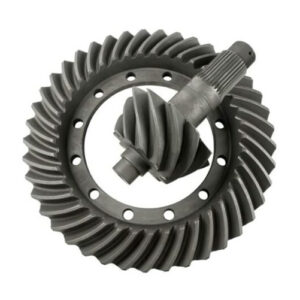 |
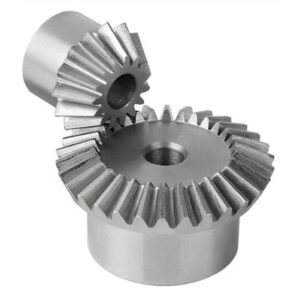 |
The hypoid gear is also commonly used in some railcar transmissions with diesel power units – where the engine and gearbox are similar to those used in traditional trucks and busses (not diesel/electric hybrid type drive). The transmission allows the input shaft to rotate in one specific direction (either clockwise or anti-clockwise) while allowing the output shafts to change their rotational movement, thus allowing a vehicle to drive in either direction continuously.
Another advantage of hypoid gear is that the ring gear of the differential and the input pinion gear are both hypoid. In most passenger cars, this allows the pinion to be offset to the bottom of the crown wheel. This allows for more extended tooth contact and lowers the shaft that drives the pinion, reducing the “hump” intrusion in the passenger compartment floor. However, the greater the displacement of the input shaft axis from the crown wheel axis, the lower the mechanical efficiency.
How Hypoid Gears Work in Reducers?
Hypoid gears can achieve reductions with ratios of 3:1 to 10:1. In comparison to straight or spiral bevel gears, which need an additional planetary step to accomplish the removal, the hypoid gear is well suited for compact applications that fall in this range of reduction ratios.
Hypoid gears can be combined with planetary gears in multiple-stage gearboxes to reach higher reduction ratios, typically up to 100:1, with a single additional planetary stage. In that case, hypoid gears should be chosen over bevel gears for the 90° angle transmission if the system’s configuration requires non-intersecting shafts or if higher torques need to be transmitted with low noise levels.
When compared to the worm gear, hypoid gears are a better option in terms of efficiency and heat generation. They require less maintenance and fit into tighter places while delivering the same torque. For long-term cost savings, hypoid gears are an alternative to worm gears that should be considered.
Why Are Hypoid Gears Used?
Hypoid gears are found in most of today’s modern vehicles. They are commonly used in rear axle differentials, where they transmit power from the driveline to the axle shafts. They are a type of spiral bevel gear with a left-hand spiral angle on the pinion and a right-hand spiral angle on the crown. This lowers the driveshaft away from the bottom of the vehicle, lowering the vehicle’s center of gravity and in some cases, reducing interference with the interior space of the vehicle.
Hypoid Gears are often used in: transmission of auto and semi-auto equipment applications such as transport, lifting, printing, packing, medicine, food, electronics and many more. They also are used to support devices such as video production equipment and stage lighting.
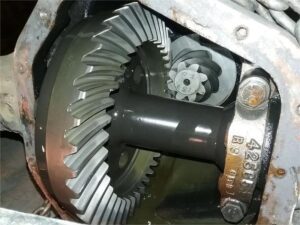 |
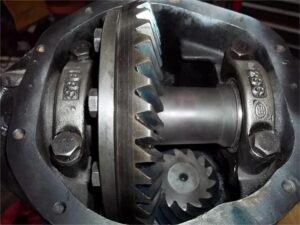 |
Why Are Special Lubricants Used with Hypoid Gears?
All vehicles require gear oil to provide lubrication in transmissions and axle differentials. Unlike normal engine oil, gear oil viscosity is generally much higher to Help combat the chances of extreme conditions squeezing a thinner fluid out and allowing gears to grind each other down.
Hypoid gearsets, by design, are under higher pressure than other types of gear sets. A sliding action of the gear tooth face is also introduced in combination with the rotational motion with a hypoid gearset that is not present in many other gear set designs. This elevated pressure and sliding action can cause the gear lubricant to be squeezed out from between the meshing gear teeth, causing metal-on-metal grinding.
Hypoid gear oils have been specially formulated to help protect these special types of gear sets. Hypoid gear oils can have higher viscosities just like other gear oils, but hypoid gear oils contain special extreme pressure and anti-wear additives that increase its resistance to breakdown under the high temperatures and mechanical pressure produced by the sliding surfaces of a hypoid gearbox.
As with all engine fluids and oils, regularly maintaining and changing hypoid gear oil can extend the life of a vehicle and its performance. Well-lubricated gears have less probability of pitting, breaking, or grinding against each other under pressure. Regularly changing gear oil removes wear material and other potential contaminants such as dirt and water. Not changing the gear oil can lead to accelerated wear of the gear set due to debris and potential rust, and corrosion from water and oxidation byproducts.
Hypoid Gears Manufacturers & Suppliers
Power-trans was founded in 1992 and committed to high-precision gear manufacturing, and we specialize in spiral bevel gears, hypoid gears, straight bevel gears, helical gears, worm gears, and gearboxes. We provide gear manufacturing services to the global market. Quality is always our priority.
Our high-precision gears are widely adopted from various applications, including robotic arms, pneumatic tools, power tools, industrial sewing machines, speed reducers, agricultural machinery, brushcutter, machine tool, multirotor, outboard motors, fishing reels, bicycles, and other gear-related products. We provide professional service and custom production plans to our customers, who also perform as our partners in developing specialized gears. We can meet specific demands and complete production as customers require. Since 1992, we have focused on manufacturing high-precision gear products that have exceptional reliability and quality. Still, more importantly, we collaborate and innovate with customers to elevate their product capabilities in the markets.
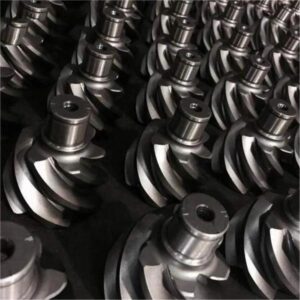 |
 |
 |
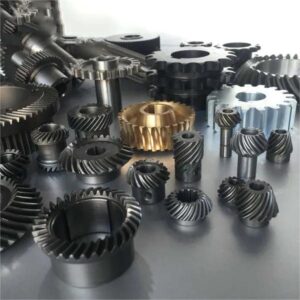 |
FAQ
Q1: How to get a quotation?
A1: Please send us drawings in IGS, DWG, step, etc., together with a detailed PDF. If you have any requirements, please note, and we could provide professional advice for your reference.
Q2: How long can I get the sample?
A2: Depending on your specific items, within 7-10 days is required generally.
Q3: How to enjoy the OEM services?
A3: Usually, based on your design drawings or original samples, we give some technical proposals and a quotation to you, and after your agreement, we produce for you.
Q4: Will my drawings be safe after sending them to you?
A4: Yes, we will keep them well and not release them to a third party without your permission. Of course, we would ensure the safety of the drawing.
Q5: What shall we do if we do not have drawings?
A5: Please send your sample to our factory, then we can copy or provide you with better solutions. Please send us pictures or drafts with dimensions(Length, Hight, Width). If you place an order, CAD or 3D files will be made for you.
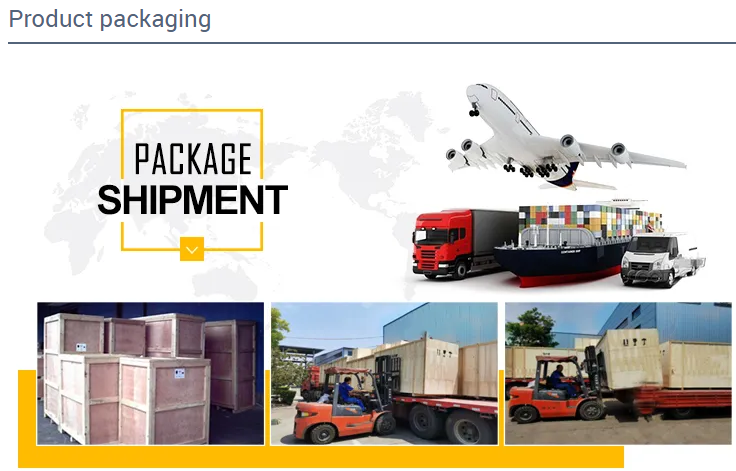
Packing Shipping Delivery
  |
 |
|
 |
 |
|
How to choose power transmissions parts and industrial products which meet our requirement
| Chains | Sprockets | Pulleys | Timing belt Pulley | V-belt Pulley |
| Sheaves | Coupings | Bush &Hub | Gear& Rack | V-Belt |
| Locking Assembly | Pulley | Gearbox | Reducer | Shaft Collar |
| Rod End Bearing | Clevis | PTO | Chain Guide | Belt Guide |
| Rubber Buffer | Chain Tensioner | PTO Drive Shafts | Universal Joints | Roller Chains |
| Conveyor Chains | V-Belts | Worm Gearbox | Helical Gear | Worm |
| Agricultural Chain | CNC Proces Parts | Casting | Stamping | |
| Powder Metallurgy | CNC Proces Parts | Casting | Stamping |
What Products Do you sell ?
We are a group of factories, give customer one stop solution of power transmission and industrial products. We are in the position to supply wide range of products, including chains, sprockets, v-belt and v-belt pulleys, timing belt and timing belt pulleys, gears, speed reducers, motors, racks, couplings, and many other parts, like locking assembly, taper bushing, Chain guide, shaft collar, torque limiter, cam clutch, universal joint, motor base and motor slide, rod end, clevis, rubber mount, etc. We make special parts according to drawings and/or samples.
How to choose a gearbox which meets our requirement?
You can refer to our catalogue to choose the gearbox or we can help to choose when you provide
the technical information of required output torque, output speed and motor parameter etc.
What information shall we give before placing a purchase order?
a) Type of the gearbox, ratio, input and output type, input flange, mounting position, and motor informationetc.
b) Housing color.
c) Purchase quantity.
d) Other special requirements.
What industries are your gearboxes being used?
Our gearboxes are widely used in the areas of textile, food processing, beverage, chemical industry,
escalator,automatic storage equipment, metallurgy, tabacco, environmental protection, logistics and etc.
What is the producing process?
Production process including raw material cutting, machine processing, grinding, accessories cleaning, assemble, cleaning, stoving, oil coating, cover pressing, testing, package.
How to control the products quality?
Combining advanced equipment and strict management, we provide high standard and quality bearings for our customers all over the world.
What is the transportation?
-If small quantity , we Suggest to send by express, such as DHL,UPS, TNT FEDEX. If large amount, by air or sea shipping.
Can we design packaging?
-Yes. Default is regular packing, and we can make customer's own packing.
Can you provide OEM service?
-Yes, we work on OEM orders. Which means size, quantity, design, packing solution, etc will depend on your requests; and your logo will be customized on our products.
Can you give me discount on Power Transmissions Parts and Industrial parts?
-Yes, of course. Pls. send me your Email, you'll get more
Q: Are You a trading company or a manufacturer?
A: We Are the factory and have our Own trading company
Q: How Can I get an offer?
A: please send US quotation information: drawings, materials, weight, quantity and requirements, we can accept PDF, ISGS, DWG, STEP file format. If you don't have the drawings, please send us the samples, we can also quote you according to your samples.
Q: What is your minimum order size?
A: it is usually 100 pieces, but a low quantity is acceptable under some special circumstances.
Q: Do you provide samples? Is it free or extra?
A: Yes, we can provide samples free of charge, but we don't pay the freight.
Q: What is the lead time for mass production?
A: honestly, it depends on the number of orders. Normally, if you don't need the tools, deposit them after 30 days or so.
Q: What if the parts don't Work?
A: we can guarantee the quality, but if it happens, please contact us immediately, take some photos, we will check the problem and solve it as soon as possible.
Q: What are your terms of payment?
A: payment is less than US $1000,100% in advance. Payment: $1000,50% wire transfer in advance, balance before shipment,Other Terms of payment are negotiable

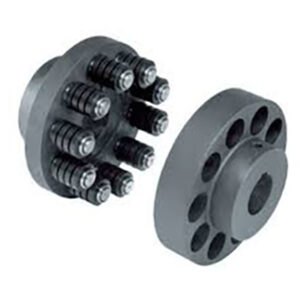
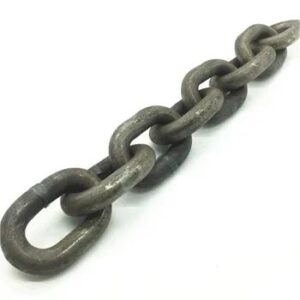
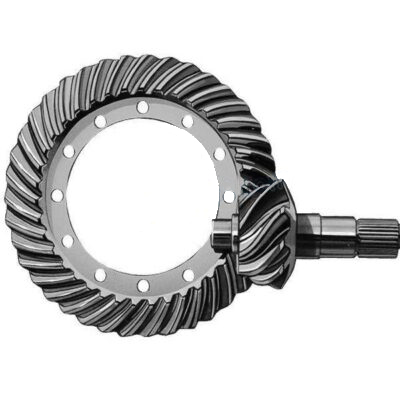

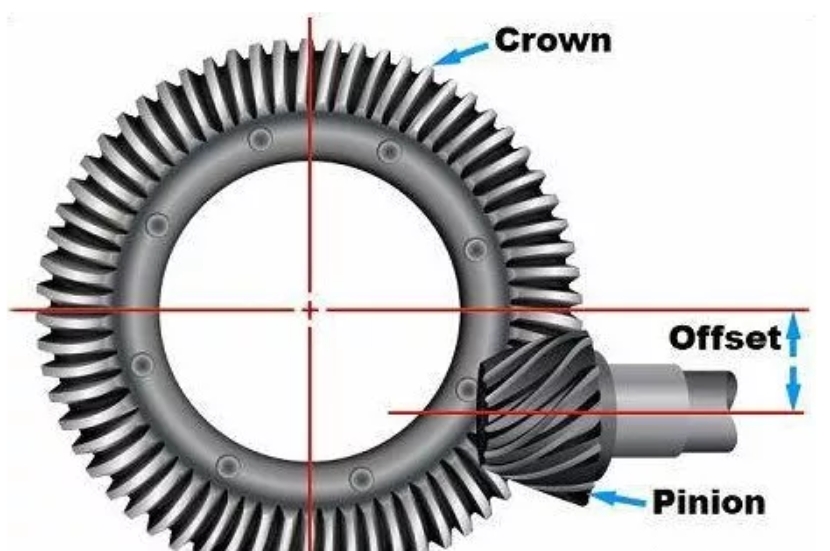
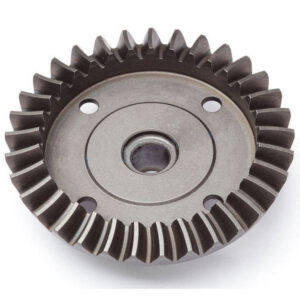
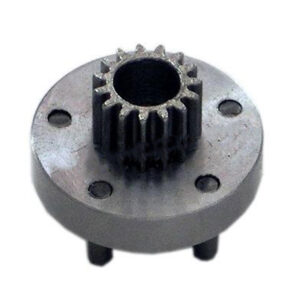
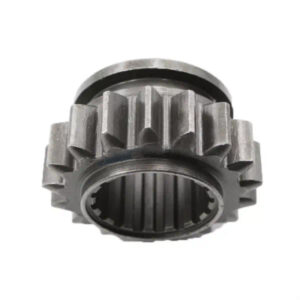
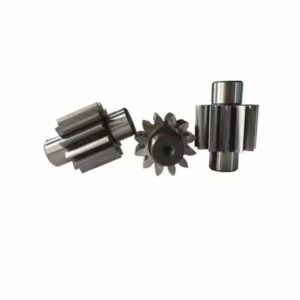

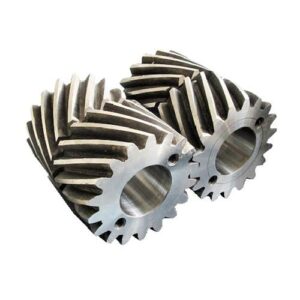

Reviews
There are no reviews yet.